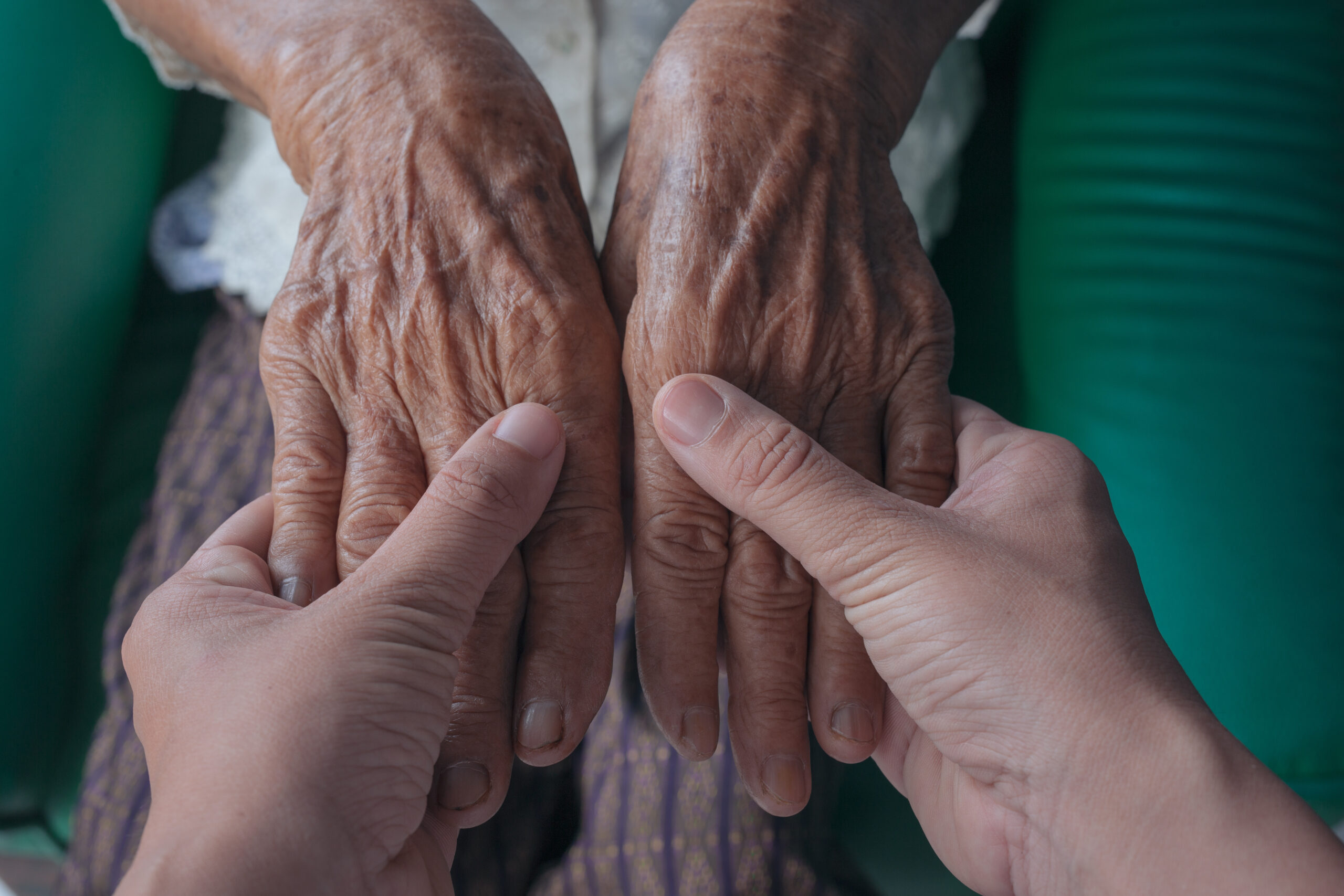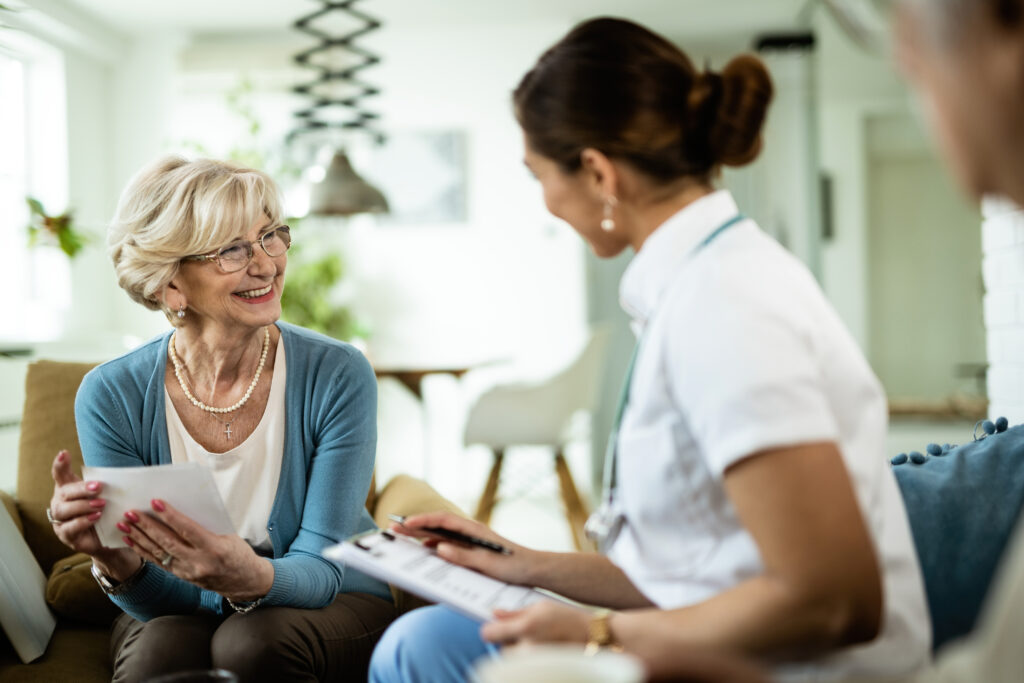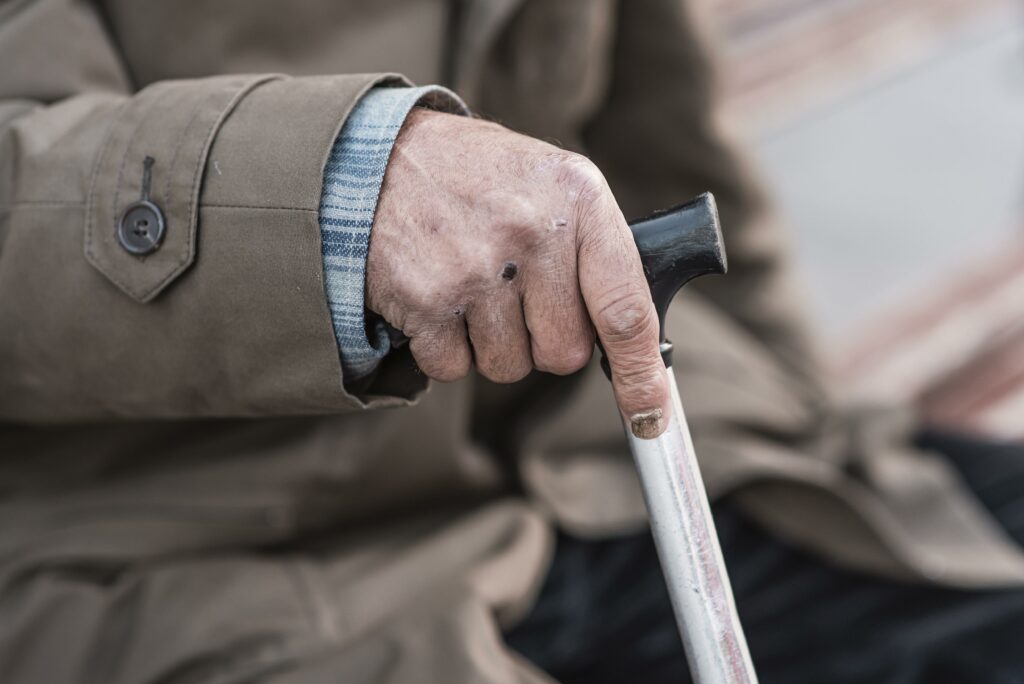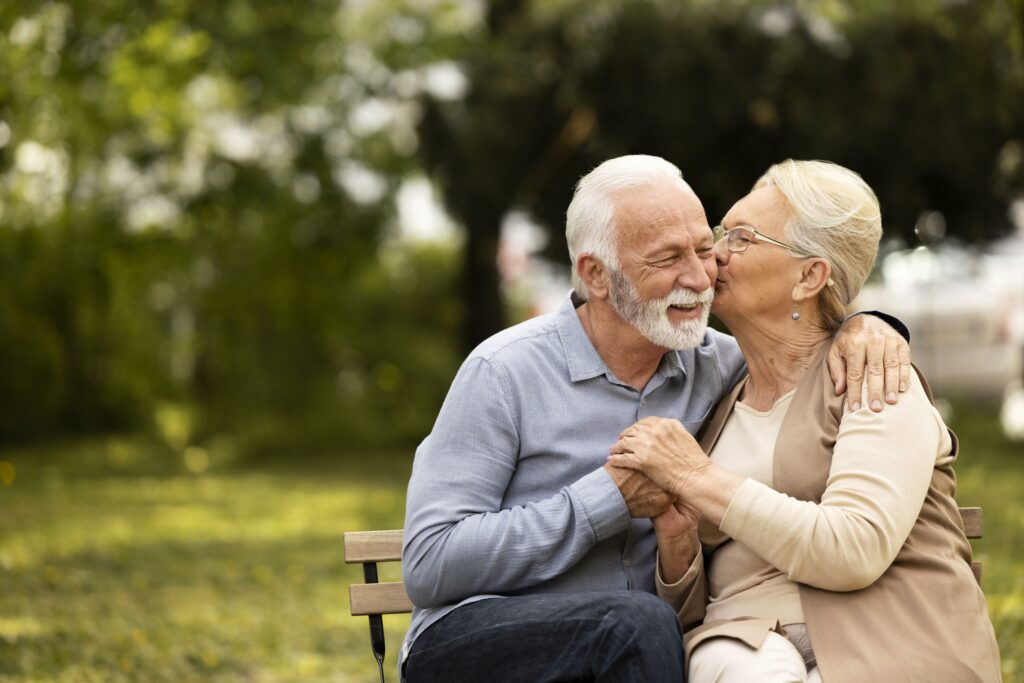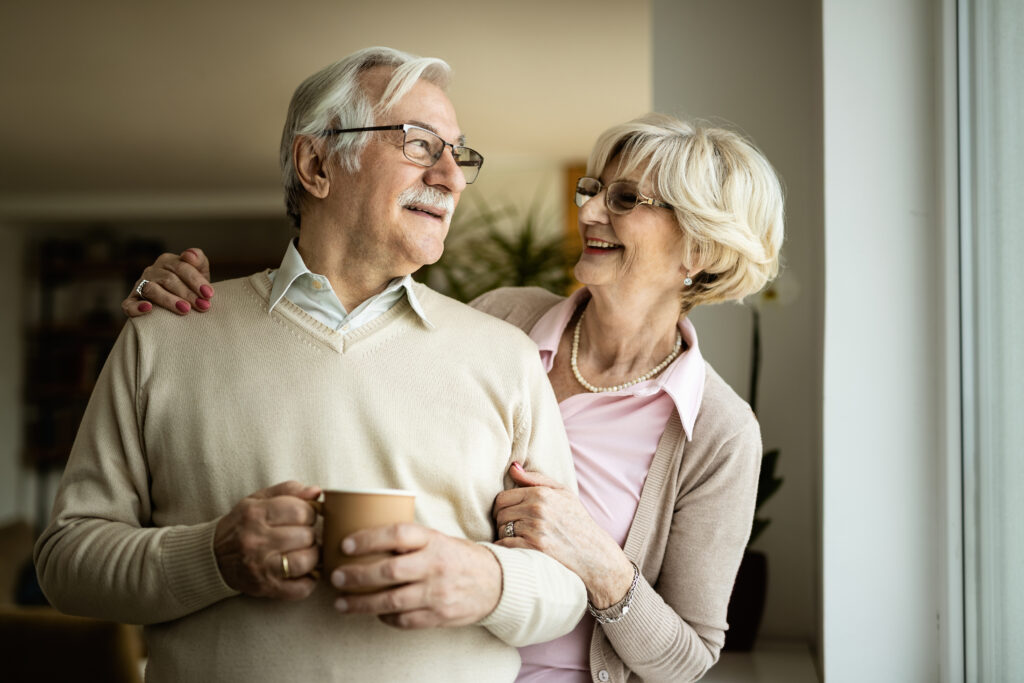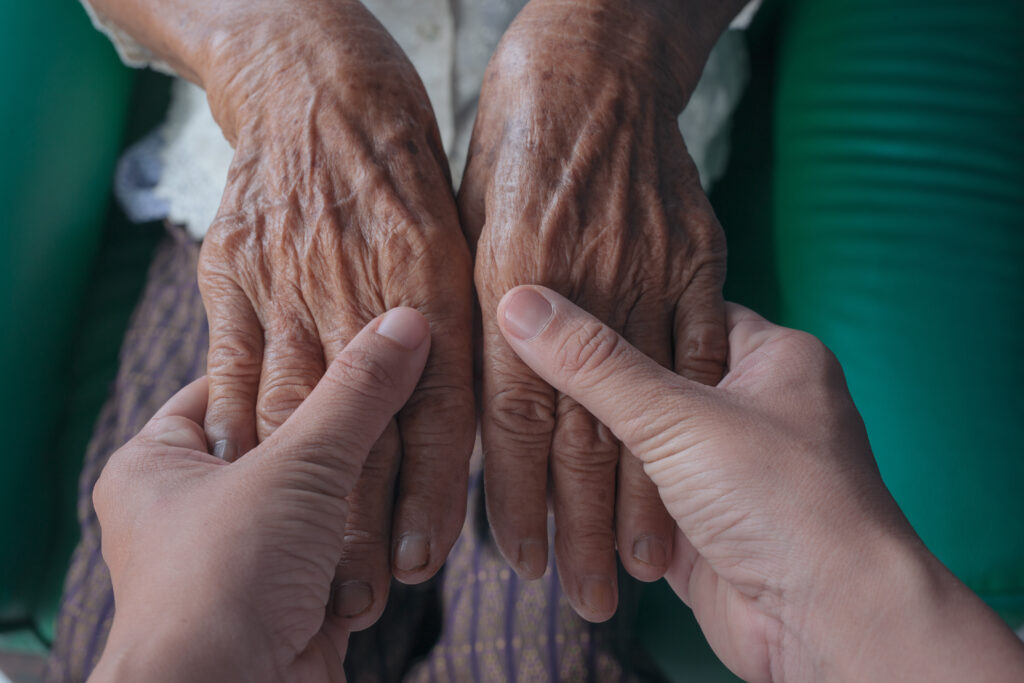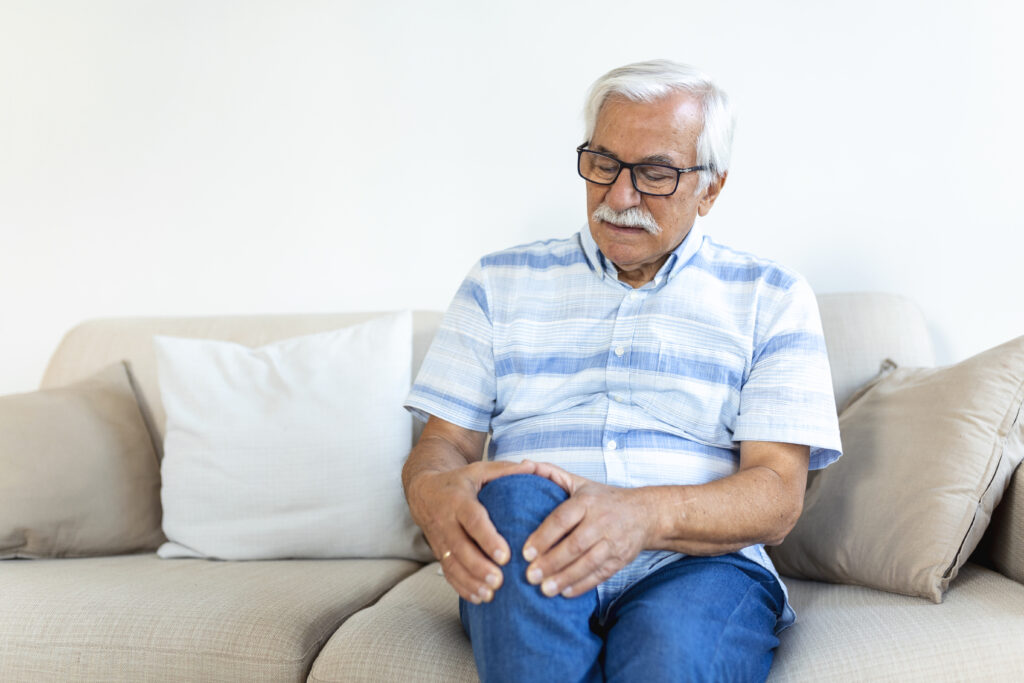Falling is the number one cause of injury among older adults, but that doesn’t mean it needs to make them afraid to get up and be active. Longevity Care focuses on why it is so important to prevent falls in older adults. This is doubly true for adults with osteoporosis, a condition in which the bones become weaker and more brittle, making them more prone to fracture. Falling can cause a lot of other hazardous injuries, too, which can take a long time to heal. You can help protect an elderly loved one from falling, especially in the home.
You may be surprised to learn that your home is filled with falling hazards, especially for an older adult who may not see as well, or who has poor balance and agility. Take a look around the living room, kitchen, bathrooms, hallways, and stairways to remove loose items such as loose rugs, boxes, papers, or cords that could cause tripping. You should move furniture such as plant stands or ottomans from high-traffic areas and secure your area rugs with slip-resistant backing. The bathroom should have nonslip bathmats, and you may want to put a bath seat in the shower so your elderly loved one can sit while showering.
Sometimes an older adult needs a brighter living space to be able to see more clearly to avoid tripping on objects they can’t see. To help them out, put LED nightlights in the hallways and bathroom so they don’t have to look for the light switches in the dark. Place a lamp on their nightstand so they can quickly turn on the light and reach for their eyeglasses for middle-of-the-night needs. Store flashlights in a place you’ll remember so they can be used if the power goes out.
Assistive devices such as a cane, walker, rollator, or wheelchair help the mobility-impaired move about more freely. This can also help prevent a potentially major fall. You can add to the assistive devices in your home by installing handrails at both sides of your stairways, a raised toilet seat, and grab bars for the shower/tub or next to the toilet.
Get Up & Get Active
Those with osteoporosis may fear falling and limit their activity as a result. This can make osteoporosis even worse, because regular exercise can go a long way towards improving strength, agility, balance, coordination, and flexibility – all of which can reduce the likelihood of falling. Get a doctor’s OK to do low-impact activities such as walking, water aerobics, or yoga. Weight-bearing exercises can help keep the bones strong. If your loved one is still hesitant and fearful, ask them if they’d be more comfortable with a monitored exercise program from a physical therapist that is tailored to their needs.
An occupational therapist may also be helpful for an older adult who is worried about falling, as they can help osteoporosis patients learn how to complete activities of daily living and help them brainstorm fall-prevention strategies. Many of these strategies are easy to install and inexpensive, while others may be an investment that requires professional help, such as installing a grab bar, if you’re not very handy. If you’re concerned about the cost of these adaptations to your home, remember that fall prevention is an investment in independence and a better quality of life.
